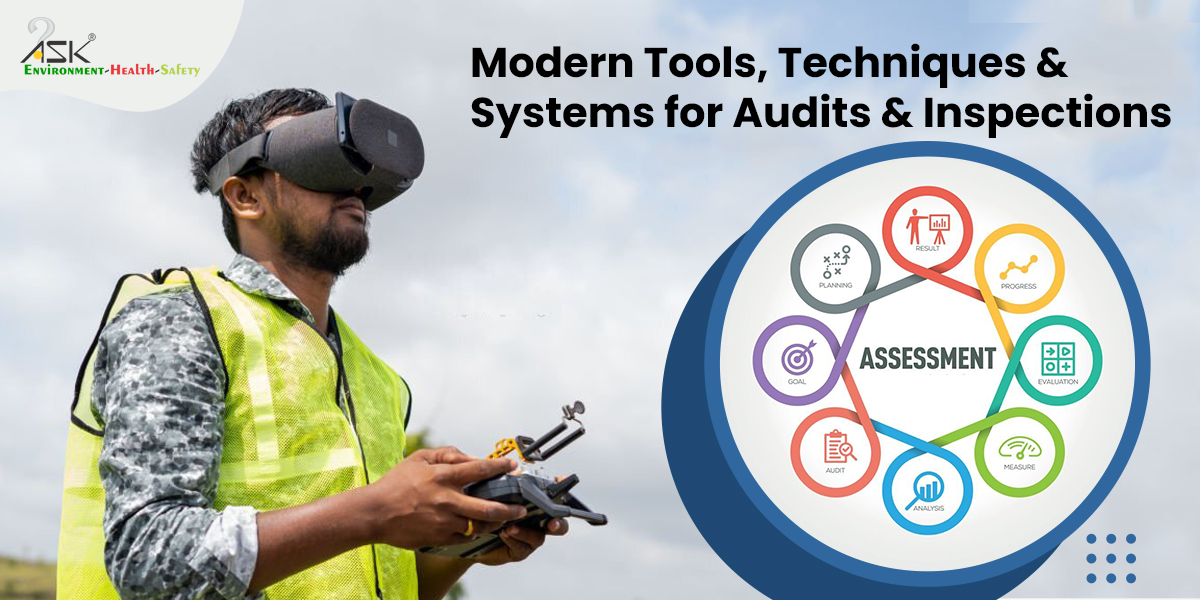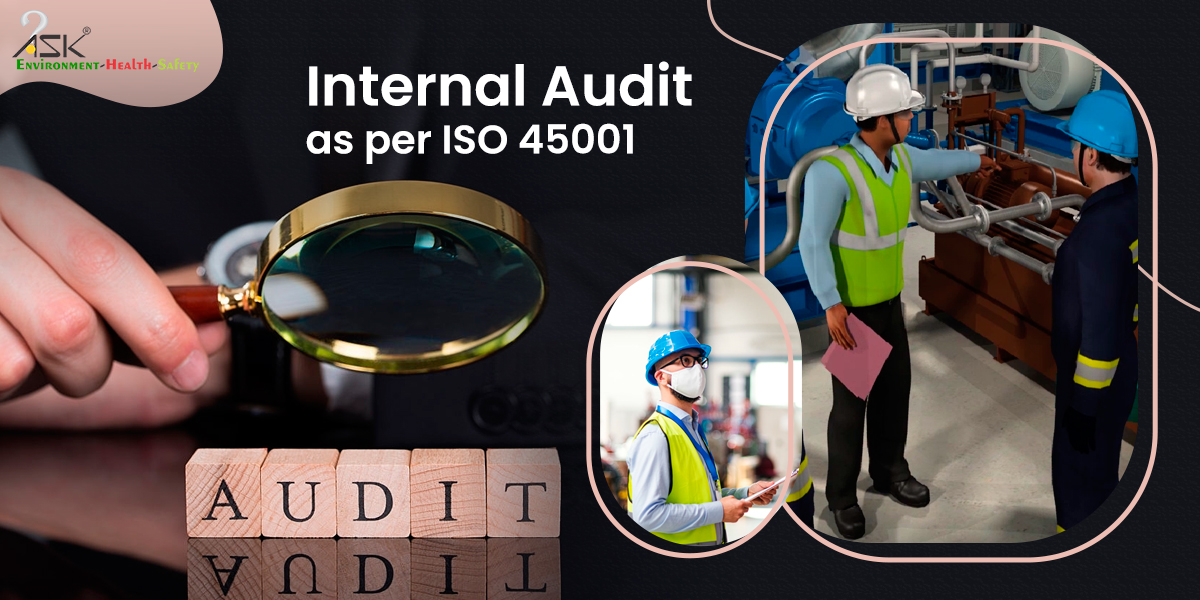EHS audits for industries – an overview

An audit is an independent, structured and documented examination of a system and function designed to assess the standard and effectiveness achieved by the auditee. It provides a benchmark to measure the performance with reliability and accuracy to provide effective information to the management and criteria on base judgment and planning decisions. Properly developed and seriously conducted, structured audits provide view of the actual status, identify weakness and recognize success. The process of audit evaluates compliance and determines adequacy of policy and procedures against statutory requirements.
With the fast growing and advancement of Technology and Science having the global marketing competition and the stringent legal provisions, the employer of the industries has to exercise more proactive and sensitive corporate accountability towards the people, the environment and society.
Modern managements of international business organisation are expected to fulfil minimum standard specifications to integrate EHS issues and to conform to standards and requirements of EHS Legislation. Audit helps to the demand of the industries to rise to higher level of international performance standards specified for EHS and Quality.
NEED FOR EHS AUDIT IN OIL INDUSTRY

Oil industry has to maintain the level of EHS standards. The safety measures with proactive and secondary measures are systemic in nature. The major safety measures with in-built safety aspects since the conception stage of the design phase itself include instrumentation & safety interlocks, process safety, safety and design of equipment following the best international standards. The industry has systems and procedures like work permit system, operating system manuals with start-up, shutdown activities, crisis managing procedures and disaster management plan etc.
All the industries have dedicated fire-fighting facilities equipped with modern equipment and trained crew to fight fire in case of any eventuality. There is a dedicated group of personnel to look after safety measures in oil industry. The objective of the industries remains giving the highest priority for safety of critical plants, installations, employees including contractor manpower and the general public.
The continuously operating process of the oil industry needs to update the standard operating procedures, employees and contract manpower training. These industry aims to have minimum gap of the knowledge and ensure non-violation of systems and procedures. The audit process helps to reduce number of fatalities and other accidents.
The safety considerations while setting up installations of plants and units will follow inbuilt safety features – a systemic approach with risk analysis and engineering design considerations. Other considerations include the use of relevant OISD guidelines and standards with respect to design, pressure relief, lay out of the plant and machinery, firefighting facility etc. All these considerations are enhancing the safety of the installations.
The regular audits are conducted to achieve safety in vital oil & gas installations to ensure that safety systems are in place and meet required the guidelines. The audits stand as an important and effective tool to identify the areas of strengths & weaknesses to overcome the gaps.
The process of comprehensive safety audit evaluate the process and personnel risks with help of a multidisciplinary team of mechanical, process, electrical and EHS with a lead auditor. EHS audits are should be conducted on a random sampling basis. The considerations are on the basis of evidences and observations collected from site and personnel and documents available on the dates of site visits.
AUDIT METHODOLOGY
The Auditors accompanied by team of safety professionals visit all the locations at operation Sites to identify the areas of process safety risk management, permit to work system, Material Handling Equipment, Housekeeping, Fire Fighting System, Handling of materials, use of PPEs etc. The Auditors verify relevant documents including EHS Manual, Safety Policy, Safe operating procedures, Incident investigation, Work permit system, Site Emergency Plan, workers involvement/ participation, Safety budget, Inspections carried out, Education and Training, Health records, Waste disposal plan etc. The Auditors have dialogue with cross-section of employees. The audit is conducted on random sampling basis, includes checking compliances with reference and evaluation on observations & findings basis. Base on audit recommendations for Improvement an audit report is prepared.


